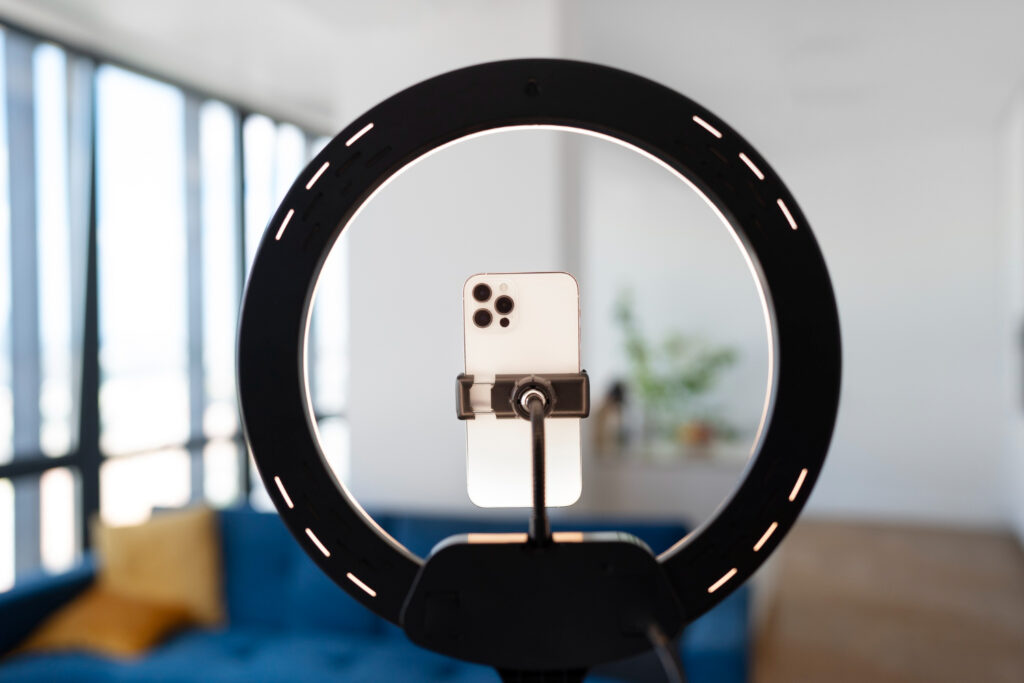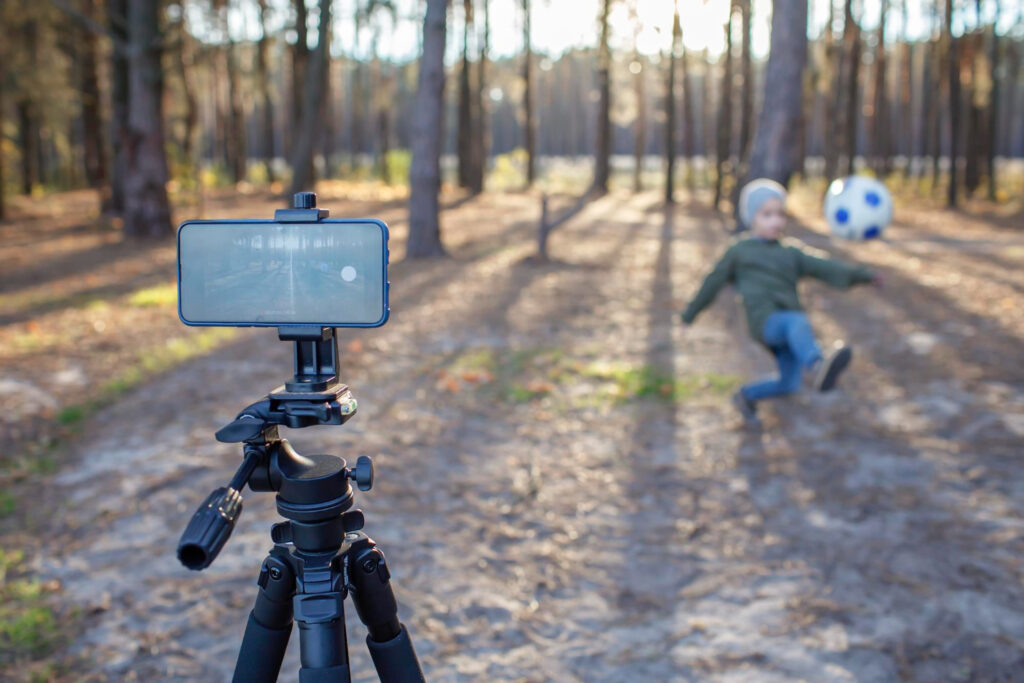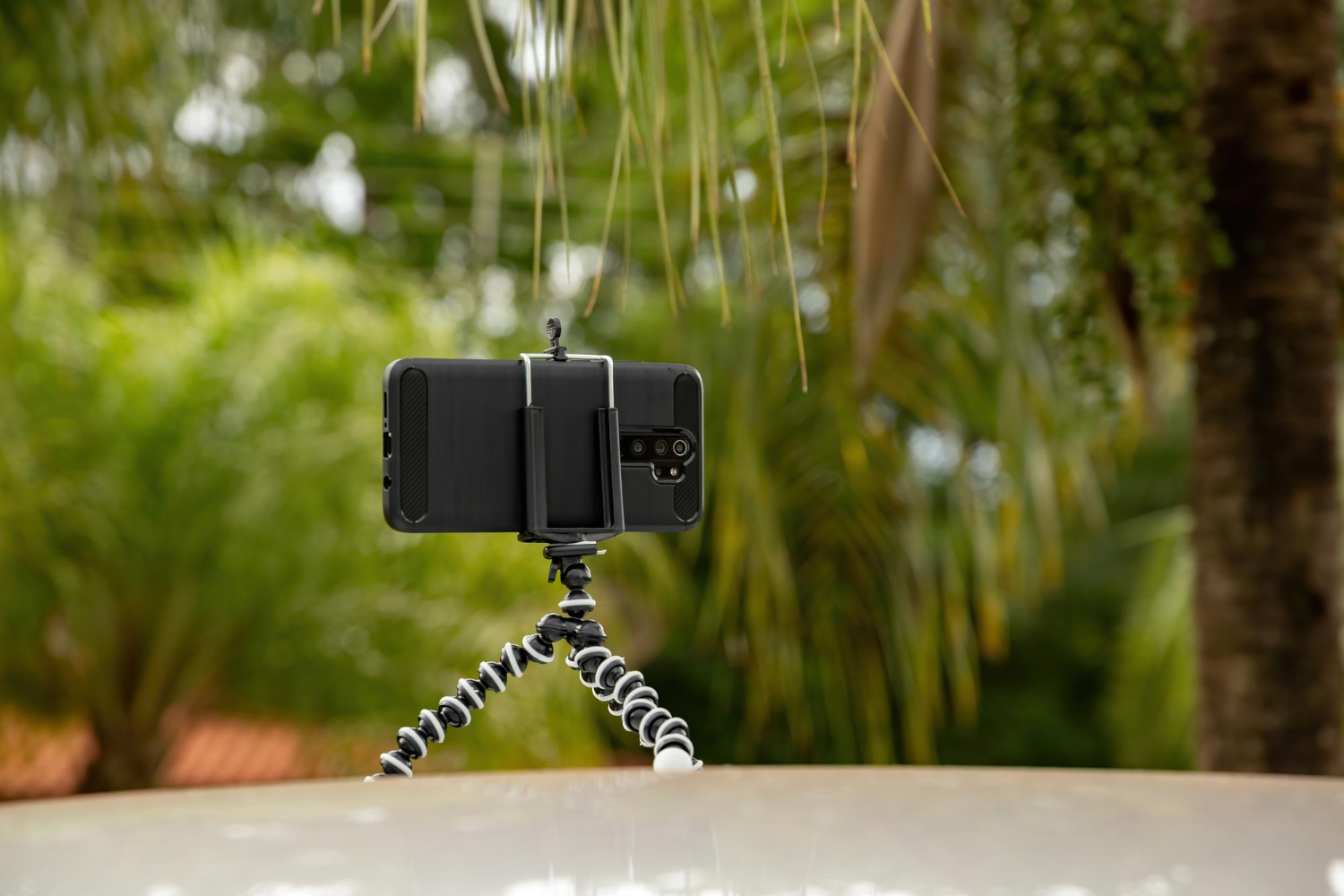You can dramatically improve how you look and sound on calls tonight—no shopping spree required. Most “grainy” laptop video isn’t the sensor’s fault alone; it’s a mix of dim light, awkward angles, busy backgrounds, and apps picking the wrong settings. Fix those and your built-in camera starts behaving like a much nicer one. The plan below is simple and repeatable: place the camera where eyes expect it, give the image soft, forward light, choose sane app settings, quiet the room, and run a tiny preflight before each meeting. By the end of one evening, you’ll have a setup that’s stable, flattering, and ready to join any call without drama.
Start by removing the three biggest quality killers

First, clean the lens—literally. Laptop webcams collect skin oil and dust; a quick wipe with a microfiber cloth restores contrast and sharpness you forgot you had. Second, tame backlight. A bright window or lamp behind you forces the camera to expose for the background, turning your face into a silhouette or pushing the image into noisy gain. Rotate your desk or close blinds so the brightest thing the camera sees is you. Third, stabilize your posture and the frame. Scoot the laptop so your eyes sit near the top third of the image with a little space above your head, then bring the camera to just above eye level. A couple of books under the laptop or a small stand is enough. These three tweaks alone remove the “cheap webcam” look for most people.
Give the camera good light (soft, front-facing, slightly high)
Cameras crave light; when they don’t get it, they boost gain, which looks grainy. Face a window during the day; sheer curtains turn sunlight into a big soft source that flatters skin without blowing highlights. At night, aim a desk lamp at the wall behind your screen and let the bounce wash your face; reflected light is wider and gentler than a bulb pointed at you. If you wear glasses, raise the light and move it slightly to one side until reflections slide off your lenses. Kill the lonely downlight over your head that carves eye sockets into shadows, and switch off bright lamps in the background that pull exposure away from your face. As a subtle fill, a white notebook flat on the desk can bounce a touch of light upward, lifting under-chin shadows without theatrics. Keep it simple: one soft key light in front, a hint of fill from the screen or desk, and no glowing rectangle behind you.
Fix placement and perspective so you look like a human, not a security cam
Eye contact feels natural when the camera is near where you’re looking. Raise the laptop until the lens sits a bit above your eyes and tilt it down by about 10–15 degrees. That angle slims the jawline and hides ceiling clutter. Sit an arm’s length away; closer exaggerates features, farther disconnects you from the room. Frame head-and-shoulders with your eyes on the upper third—this keeps your gaze close to your content during shares, so you aren’t obviously “looking away.” If you use an external monitor, place the laptop camera on a small stand just above the part of the screen you reference most, and drag the call window near the lens so your glance stays close to viewers.
Tell your app what you want: resolution, exposure, and background restraint
Don’t leave quality to auto-guessing. In Zoom/Meet/Teams, explicitly select the built-in camera (or your preferred one) and choose 1080p if your plan and hardware allow it; if not, stable 720p beats a choppy “HD” checkbox that your network can’t sustain. Turn off aggressive “auto low-light” modes that over-brighten and smear detail when you’ve already improved lighting. Lock or set white balance to something neutral if the app allows; moving clouds or mixed bulbs won’t swing your skin tone mid-call. Keep background blur on a light touch if you use it at all—heavy blur flickers on fine edges and looks artificial. Frame rate at 30 fps is a good default; it’s smoother than 24 without the bandwidth bite of 60. Finally, hide self-view once things look right; staring at your own thumbnail makes you fidget and steals attention from the conversation.
Give the mic a fair shot: closeness, room tone, and clear routing
Audio is half the impression. Built-in laptop mics can sound decent if you sit close and keep the room soft. Rugs, curtains, and a bookcase reduce echo far better than any software. Select the correct microphone in your call app—don’t let it fall back to “default” if you’ve ever plugged in something else. If you have wired earbuds with an inline mic, try them; that mic near your cheek is often clearer than a mic across the table. Set input volume so your loudest normal word peaks just below clipping, then use the app’s noise suppression on “low” or “standard.” Over-suppression pumps and warbles your voice. Wear headphones or keep speakers very low to prevent echo cancellation from chewing up clarity. If a fan or HVAC vent is noisy, aim the laptop so the mic sits in the quietest airflow.
Fix your bandwidth once and it stops being a variable
Even perfect lighting can look mushy over a congested link. If possible, plug your laptop into Ethernet; if not, park it on 5 GHz Wi-Fi close to the access point. Close cloud syncs, downloads, and streaming tabs before a call—cameras hate surprise background traffic. Ask your conferencing app to use “original ratio” or “HD” only when your connection can handle it; otherwise you’ll trigger aggressive compression. If your router supports quality of service, give your conferencing app a gentle priority bump so file syncs don’t step on voice packets. And plug the laptop into power during calls—some systems throttle camera processing when on battery, and you don’t want the screen dimming mid-presentation.
Make a two-minute preflight a habit (and save it as a preset)
Reliability comes from repetition. Two minutes before any call: wipe the lens; set the laptop at eye height; check that your key light is on and background lights are off; open the app and select camera + mic explicitly; glance at framing for eyes-on-upper-third; toggle Do Not Disturb so banners don’t interrupt; close noisy apps. If your platform supports profiles or presets (some apps remember device choices per meeting type), save this state once so you aren’t rebuilding it. After the call, note anything that felt off—glare on glasses, audio level too hot—and fix that one thing for next time. You’ll stabilize in two or three iterations.
Keep the setup simple so you actually use it every day

A good setup is the one you’ll repeat when running late. Leave the stand or book stack where it lives. Coil a short charging cable next to the laptop so you can plug in without digging. Put the lamp at a fixed angle with a piece of tape marking its spot. If you switch spaces, write a one-line checklist on a sticky note: “Lens, Light, Eye-line, Mic, DND.” Resist new filters and control panels unless they solve a specific issue you can name. Consistency beats novelty. When every call begins the same way, you look and sound like the calmest person in the room—because your setup is doing the quiet work for you.

